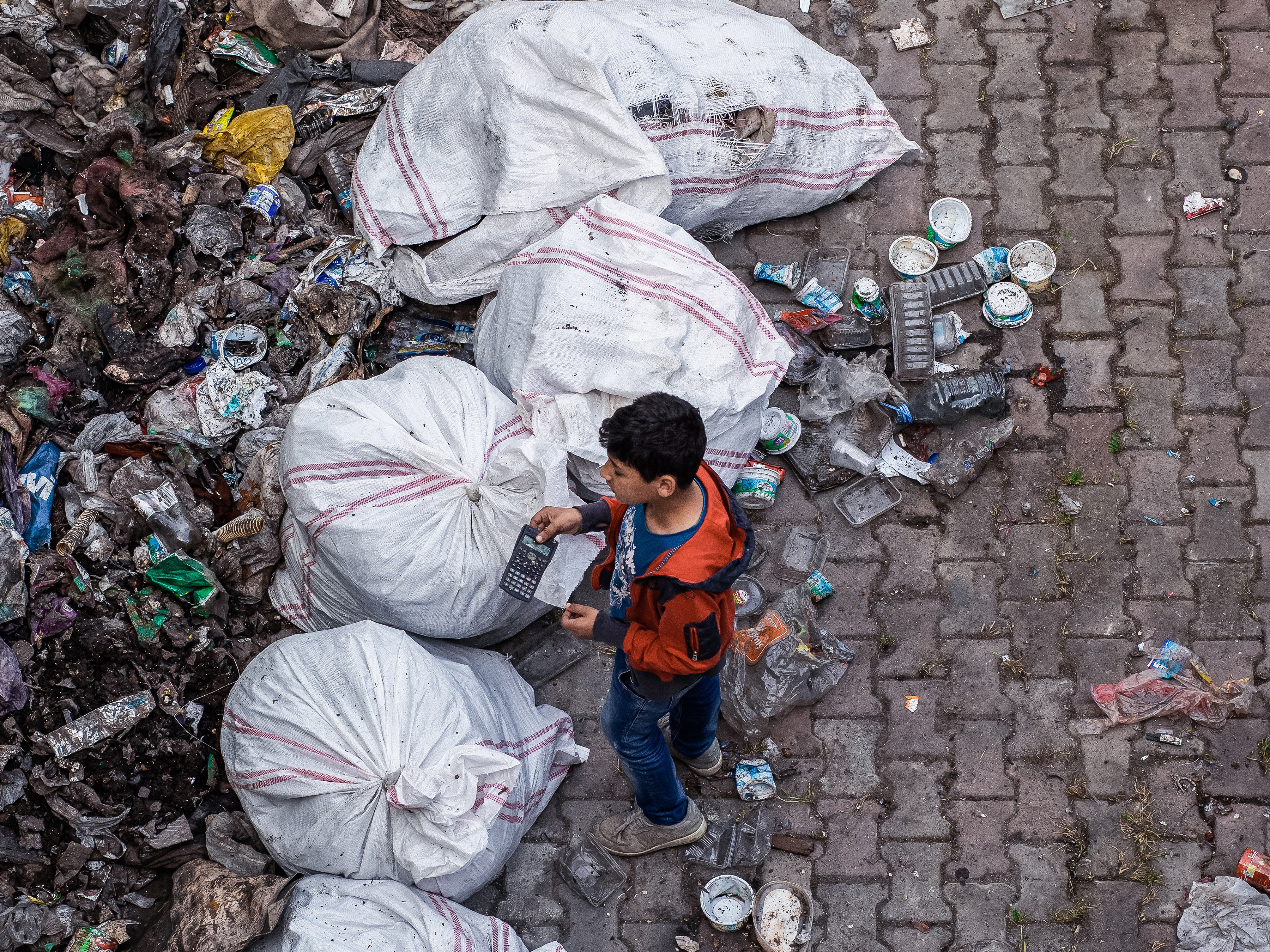
Home » What Will Re-Use and Repair Mean for Supply Chain?
What Will Re-Use and Repair Mean for Supply Chain?

March 18, 2020
The culture’s embrace of disposable consumer goods has resulted in an appalling impact on the world around us, both in terms of the materials we plunder from beneath the earth’s surface and the garbage that it quickly it becomes.
According to a 2015 report for the German Federal Environmental Agency, the proportion of white goods being replaced within just five years because of defects increased from 3.5% in 2004 to 8.3% in 2012. More than 60% of functioning flat-screen TVs were replaced for an upgrade in 2012, but only a quarter (25%) of purchases were made to replace a faulty product.
Now, a new trend is emerging; one that encourages re-use and repair rather than dropping product in a bin, with the vague hope that bits of it will somehow be useful somewhere else sometime.
The European Commission is currently considering a number of measures that would drastically change the rules about the re-usability and repairability of consumer products, according to this BBC News report. Proposed regulations would apply to a range of everyday items, such as mobile phones, textiles, electronics, batteries, construction and packaging. They would ensure that products are designed and manufactured so they last — and are repairable if they go wrong.
The EU also wants to set a food waste reduction target, end over-packaging, and curb microplastic pollution. Other recommendations under the proposals, known as the Circular Economy Action Plan, include providing incentives for a new type of consumer use, whereby producers keep ownership of the product or responsibility for its performance throughout its lifecycle — similar to car leasing.
What does this mean for the supply chain? Most likely that there will be less volume of cargo flowing from manufacturers to retailers to consumers, and more reverse and cross-destination logistics — what some are calling the "circular economy." One way of preparing for the emergence of a new set of rules, according to UPS, is to narrow and slow supply-chain loops. This article from Industry Week suggests leveraging the power of data and internet of things technology to, for example, provide deep intelligence into how products operate and can be improved.
With the COVID-19 crisis now running at full steam, it’s hard to predict how supply chains will differ, even a year from now. But it could well be that these fundamental changes in consumer demand and how the supply chain serves them will be accelerated.
Helen Atkinson is a contributing writer to SupplyChainBrain.
RELATED CONTENT
RELATED VIDEOS
Subscribe to our Daily Newsletter!
Timely, incisive articles delivered directly to your inbox.
Popular Stories

2024 Supply Chain Management Resource Guide: There's Only One Way Off a Burning Platform
VIEW THE LATEST ISSUECase Studies
-
Recycled Tagging Fasteners: Small Changes Make a Big Impact
-

Enhancing High-Value Electronics Shipment Security with Tive's Real-Time Tracking
-

Moving Robots Site-to-Site
-
JLL Finds Perfect Warehouse Location, Leading to $15M Grant for Startup
-
Robots Speed Fulfillment to Help Apparel Company Scale for Growth



